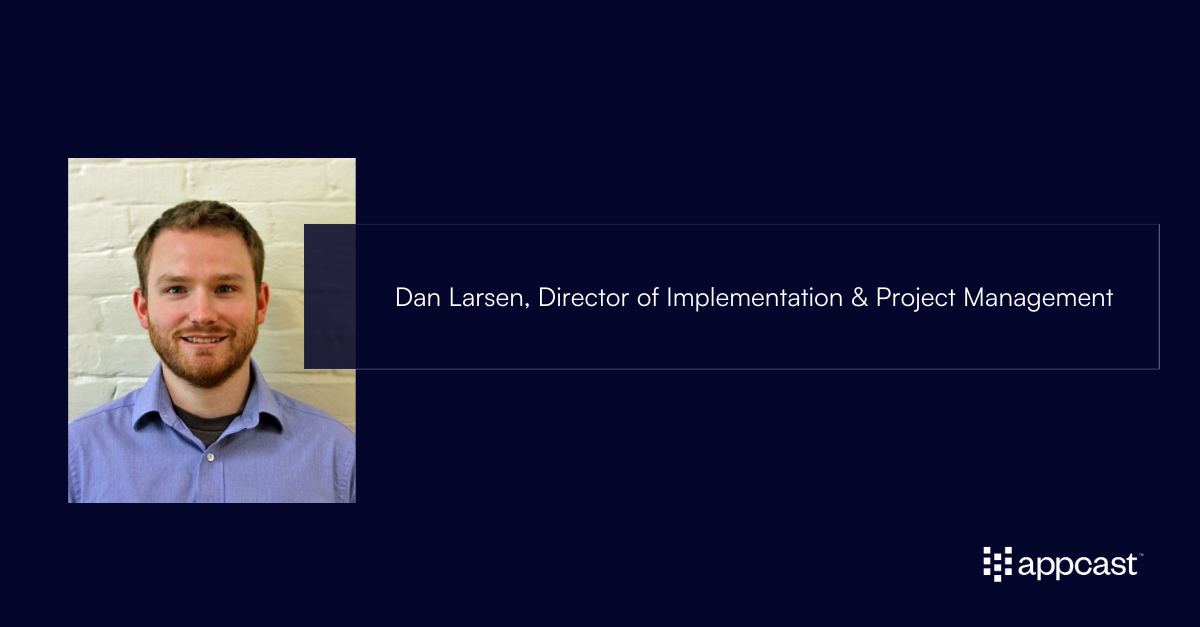Before answering yes or no, it’s helpful to define dangerous.
The U.S. Bureau of Labor Statistics (BLS) identifies dangerous jobs by analyzing fatal injury rates by occupation. BLS analysis is a bit complicated, but worth reviewing here.
Fatal injuries rates depict the risk of incurring a fatal work injury for workers in a given worker group expressed as the proportion of fatal injuries per total hours worked annually per 100,000 full-time equivalent workers. This allows risks to be compared among different worker groups. To produce a fatal injury rate for an occupation, the number of fatal work injuries in a given occupation is divided by the total hours worked in that occupation, among all workers in that occupation, and multiplied by 200,000,000 (the base for 100,000 equivalent full-time workers working 40 hours per week, 50 weeks per year).
The methodology allows for comparison, even though not all occupations have the same number of workers.
In 2018, the most recent year for which BLS data is available, driver/sales workers and truck drivers had the most fatalities of any broad occupational group. Logging workers, fishers and related fishing workers, airline pilots and flight engineers, and roofers also had significantly more fatalities than the all-worker rate.
When BLS conducts its National Census of Fatal Occupational Injuries, these jobs typically stand out as dangerous.
However, like so much else in the world today, the definition of a dangerous job has changed.
In 2020
The new danger, of course, is COVID-19.
Occupations that did not have high fatality rates in the past have suddenly become high risk. These jobs include nurses, grocery workers, delivery drivers, and transit workers, among others. People who hold these jobs have been deemed essential workers, because, even during a business shutdown, they are still needed.
In New York City alone, 98 transit workers have died of coronavirus, as of May 1. According to the New York Daily News, the Metropolitan Transit Authority (MTA) coronavirus death toll exceeds that of the fire and police departments combined, which together employ about the same number of people.
Recognizing the toll the pandemic has taken on its workforce, the MTA has raised the death benefit to $500,000, payable to family members of any worker who dies from coronavirus.
Meanwhile, other employers are also attempting to compensate for health risk. The Wall Street Journal reports how numerous grocery and retail chains and fulfillment centers are boosting hourly wages and/or paying bonuses.
How long will hazard pay or hero pay, as it’s being called, continue? While some employers have set a cutoff date, others have committed to paying more while the pandemic lasts.
Will higher pay make a difference when it comes to employee retention? What about when recruiting? Basically, will the reward outweigh the risk?
There’s no way to know for sure, but with elected officials, like Gov. Andrew Cuomo of New York, emphasizing the dangerous nature of jobs that were never before considered high risk, and calling for higher pay for workers, the focus will remain on compensation, at least for the near term.
Plan accordingly.
For additional insight into how to adjust your recruitment strategy to succeed in the current environment, check out the recording of Appcast’s recent webinar, Responsive Recruitment for 2020.



